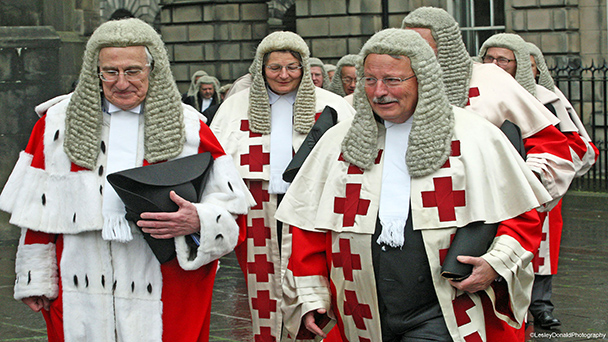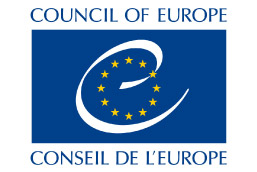3.1 The background
Few people now remember the immediate aftermath of WWII. Chaos existed in Europe and beyond with cities and infrastructure destroyed, failing economies, starvation, sickness and mass migration of displaced populations. Public disclosures of numerous cases of brutal, inhuman and tyrannical mistreatment of millions of ordinary civilians emerged. This mistreatment was at the instigation, or with the connivance or concurrence, of the state, by those in positions of power and those in government.
There was almost universal disgust and condemnation at the disclosures and a general recognition that such events must never be allowed to happen again. A number of countries came together and created the Council of Europe. This was set up to defend human rights, parliamentary democracy and the rule of law. The aim of the Council of Europe was to:
achieve greater unity between its members for the purpose of safeguarding and realising the ideals and principles which are their common heritage and facilitating their economic and social progress.
Whilst there was initial reluctance for the creation of an international Treaty, it became generally accepted that this would be one of the most effective ways of achieving their aims. The UK played a leading role in drafting the terms of the Convention.
The Convention is unusual amongst international treaties as it contains enforcement mechanisms. The aim of these enforcement mechanisms was to ensure compliance with the ECHR. They included a court which was to adjudicate on disputes and determine appropriate remedies. The court was not designed as an appeal court. It is not able to overturn a judgment of a domestic court. It can award ‘just satisfaction’ where it feels it to be necessary. This can include the award of costs and modest damages (although for some applicants, success before the court is considered to be reparation enough). If the court finds that a state is in breach of the Convention, the state which has signed the treaty may be required to change its law in order to rectify the breach.
Many states were initially opposed to the establishment of a European Court of Human Rights (ECtHR). They did not want an international court judging their own domestic law. The UK was one of the countries that took this view. Therefore, to ensure that negotiations did not collapse, a compromise position was reached. States signing up to the ECHR could choose whether or not to allow their individual citizens the right to bring a complaint under the ECHR and whether they wished to submit to the jurisdiction of the court.
Despite reservations about a European human rights court, the UK was one of the founding members of the ECHR. The UK signed the Convention on 4 November 1950 and ratified it on 8 March 1951. The UK became bound by the Convention when it entered into force on 3 September 1953. As a result of the growing political divisions within Europe at the time, the UK Government regarded the development of human rights protections within Europe as an important part of its foreign policy. UK politicians felt that the UK itself had adequate protection of human rights through existing common law principles.
You should now watch the following video, produced by the ECtHR to explain its role and work. This explains the background to, and work of the ECtHR and the range of cases it hears. The video is just over 14 minutes long and you may wish to pause it at key points and reflect on its role.
Transcript: Video 1 The European Court of Human Rights
The rights and fundamental freedoms within the ECHR are designed for the protection of individuals and the aim of the ECHR is to encourage peace and good relations between states.

